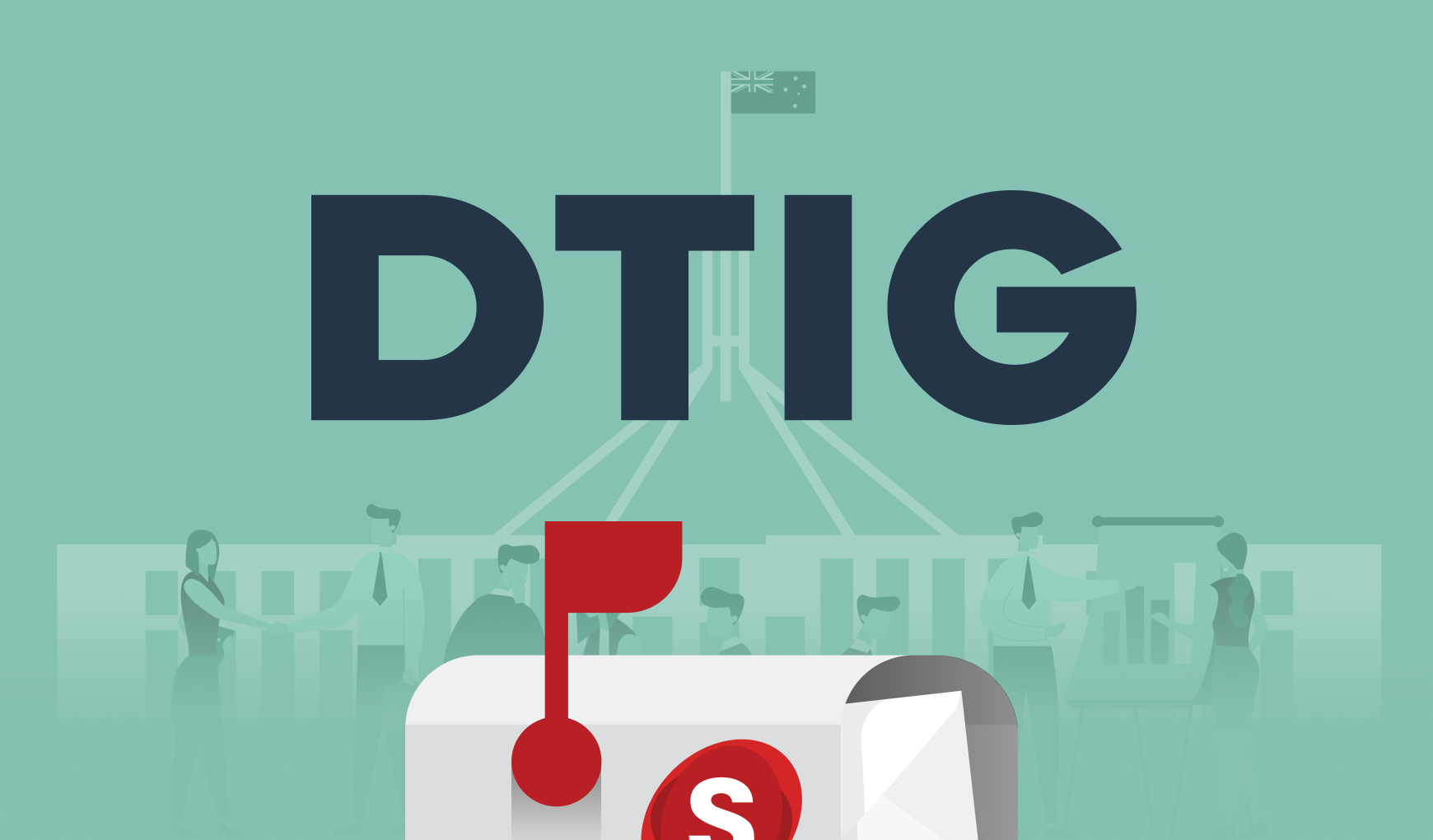Assistant Secretary of the Australian Government Department of Finance, Sharyn Clarkson, spoke earlier this about building community and capability around GovCMS.
Her talk was engaging from the start, launching with some context: “Because we’re Department of Finance people think the key aim is reducing costs…yes, but we had several reasons for starting this…We have relationships with a lot of digital teams across government and one of the things we noticed was how fragmented we are, how difficult it is to work together, how hard it is to do the right thing for our users because of the bureaucratic barriers in our way and how hard it is to really deliver a great experience for Australians…”
And this was the basis of GovCMS—to build a digital community and to bring people together.
Finance spent a lot of time surveying the digital landscape and discovered over 300 content management systems in use in Canberra alone. In addition, many of the CMSs were no longer supported, which was already causing significant problems for many agencies.
“At its heart, the whole point of this was to tear down the walls in government and bring people together and I think we’ve started to make a good inroad on that.”
GovCMS is designed as a complete ecosystem, with enterprise-level defense, a system that’s designed “to take the pain out of compliance with Australian Government Standards.”
It’s been almost a year since GovCMS launched, and since then 54 sites have gone live. This take-up rate is significantly higher than projections, in fact it equals the conservative estimates of the three-year take-up figures. So definitely a great win and good example of digital transformation in government.
Going agile
Salsa are stong believers of agile strategy, and so we weren’t surprised when Sharyn described her team as “full stack agile” and said “By going agile a few years ago we managed to get a 600% increase in productivity and what that did was free us up to do more innovation.”
The team generated many, many ideas, but GovCMS was the first thing they wanted to implement.
Impact on the wider community
Clarkson also touched on the impact GovCMS will have on the wider business community. “When government adopts something it makes it mainstream. Government has chosen an open-source product to power its platform…the impact of that is profound…” She went on to talk about how government adoption shows the platform is both enterprise-level and robust. And the importance within government for stability and reliability.
“Government does things at a scale that most private sector people will never encounter unless they’re at an IBM or working on the Olympic Games or something like that.”
Finance also had Aussie SMEs front of mind — a group Clarkson sees as playing “a critical part” in GovCMS. While Finance has worked with Acquia directly on many initial elements of GovCMS, implementation is designed to be either in-house or via Acquia partners who can build GovCMS websites for their government clients. Clarkson sees GovCMS as driving the small business community. Of course, this is Salsa’s relationship with GovCMS.
Where to now?
Finance is currently working on GovCMS Express: “a fully digital end-to-end sign up process.” Clarkson estimates this is only a couple of months away and will make it very easy to set up a site in GovCMS.
Finance had also finished work on another big project; something it launched at DrupalGov Canberra…Government as an .
Government as an API
The first stage is content, through Acquia’s Content Hub. Clarkson sees government using this in several ways:
Omni-channel, allowing agencies to create or edit content once and publish it on multiple sites or channels. As she said: “Create once, publish everywhere.”
User focus, “The ability to Hoover up content from all over government and present it in new ways….to recompile content in new ways.”
Migration, pulling in content and migrating it to multiple sites.
Syndication, to publish content to multiple websites simultaneously.
Unleashing government, so private sector can recompile and repackage government content.
The strategy behind the last point is key: “Trying to take government and deliver it to where people are on the internet rather than making them come to us all the time is a key concept of government as an API and unleashing content.” Clarkson used the example of a woman’s pregnancy, a time when the government wants to communicate important messages but the woman is more likely to go to a baby.com than look up government websites. “Baby.com sucks some government content out and places it alongside their own messages. Government gets key messages to pregnant women months before they may normally engage with the government.”
Salsa’s take
It’s no secret we’re big Drupal and GovCMS fans, and Clarkson’s talk at DrupalGov 2016 just affirms our commitment. We’ve always thought GovCMS was a great example of digital transformation in government. The rollout of API and Content Hub takes it up another notch…and interesting that Clarkson commented that Australia is one of the first jurisdictions to take on API in government.
API will save agencies a lot of time (instead of someone having to load the same content in multiple sites, they load it once). And when/if the content needs to be updated, once again they make the change once, to the ‘source’ file and the update replicates to all the sites. The flow-on effect of one source/content page is huge in both reducing costs and saving time. A definite win for digital transformation in government.

